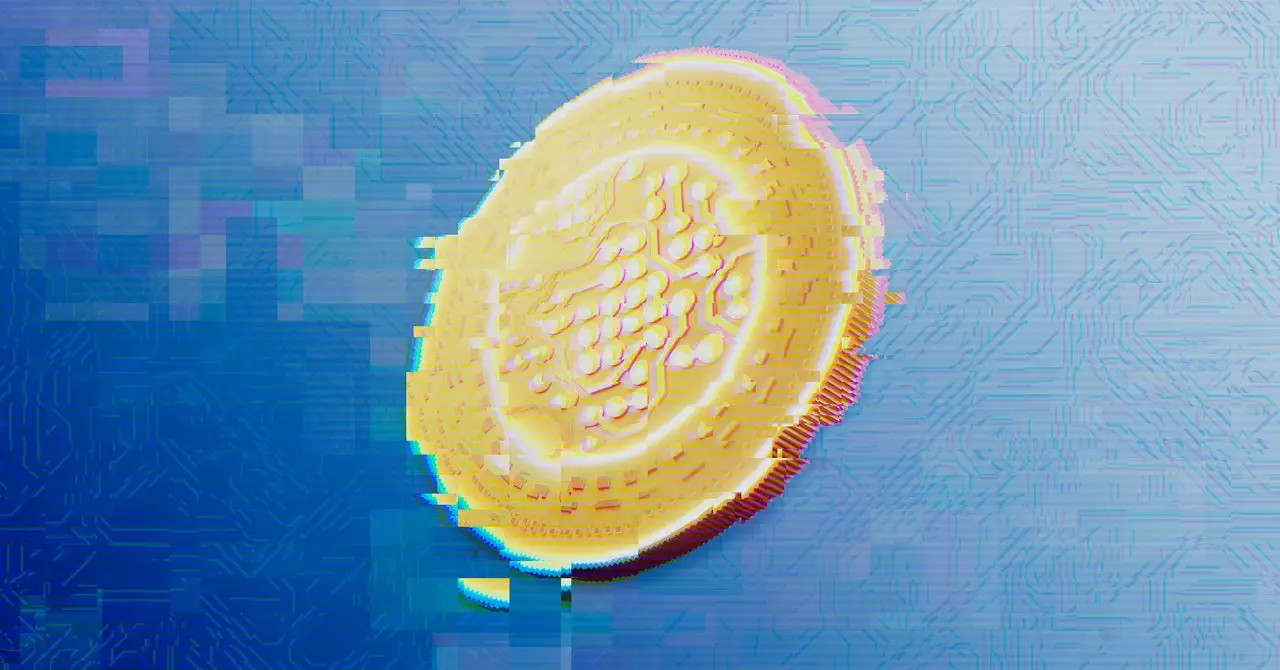Technology today epitomizes the contrasting realms of innovation and nefarious activities, painting a picture that oscillates between heartwarming ingenuity and alarming threats. As we navigate through diverse stories emerging from the tech landscape, it becomes evident how these narratives reflect humanity’s dual nature—where creativity flourishes alongside criminality.
In a touching display of familial compassion, a trio of technologists from India demonstrated how love can transcend the barriers created by high-tech gadgetry. Seeking to enable the hearing aid functionality of AirPod Pro 2s for their grandmothers, they engineered a clever workaround to bypass Apple’s location restrictions. This hack involved the use of a homemade Faraday cage and a microwave—a resourceful blend of science and creativity, revealing not just technical skills but profound care for their loved ones.
This story is a perfect example of how technology can be leveraged for personal betterment, showing that even the most complex devices can serve a fundamental human need, in this case, improving communication and quality of life for the elderly. This innovative spirit not only showcases the potential for technology to improve daily life but also serves as an inspiration for fellow creators to think outside the box.
Contrasting sharply with the tale of familial love is the advancing weaponry being developed for military purposes. In stark opposition to the playful ingenuity of the Indian hackers is the US military’s exploration of AI-enabled technology like the Bullfrog, an auto-targeting machine gun designed to neutralize swarms of enemy drones. As the battlefield becomes increasingly digital and chaotic, such advancements raise critical ethical questions about the role of technology in warfare.
While this tech aims to safeguard nations, it also underscores a disturbing trend where innovative solutions are employed to combat threats that technology has, in part, helped facilitate. The intersection of military technology and artificial intelligence reflects a journey into uncharted moral territories, inviting us to debate the implications of using AI in combat, particularly regarding accountability and the potential for misuse.
In a chilling reminder of technology’s darker side, the US Justice Department revealed that an 18-year-old from California orchestrated over 375 swatting attacks nationwide. Swatting, a dangerous prank where false reports are made to provoke armed police responses, showcases how easily technology can be exploited for malicious intent. It also highlights the urgent need for accountability measures to be put in place to deter such reckless actions that not only waste police resources but also put lives at risk.
This incident starkly contrasts the personal family bond seen earlier. While the Indian hackers relied on technology for good, the swatting orchestrator exploited it for chaos, demonstrating the vast spectrum of how people can engage with technological tools. The implications resonate deeply within society, prompting a call for stronger legal frameworks and public awareness campaigns to highlight the consequences of such actions.
The rise of artificial intelligence hasn’t gone unnoticed by scammers, who are now integrating this sophisticated technology into their criminal schemes. As scammers create deepfakes and automate their operations, there’s a parallel movement of technology stepping up to counteract these threats. British telecoms firm Virgin Media and its mobile operator O2 have developed an “AI granny” program designed to engage scammers over the phone, prolonging their conversations to waste their time and resources.
This innovative response represents a unique use of technology to combat criminal behavior, indicating that society is evolving in its fight against cybercrime. Still, it raises questions about the sustainability of this approach and the ethical implications of manipulating human dialogue for defensive purposes.
As cybercrimes burgeon, there is a growing movement to hold those responsible accountable. A landmark lawsuit against NSO Group’s executives accused them of crimes related to hacking done by their spyware, Pegasus. This case illustrates a crucial shift towards legal action being taken against technology companies that produce tools enabling unlawful activities. It signifies the importance of establishing accountability in an era where technology and cybersecurity intertwine dangerously.
This legal battle reflects a larger narrative where victims of cybercrime are seeking justice, challenging the status quo in a tech-driven world fraught with complexities. As society grapples with who’s responsible for the misuse of technology—whether it’s the creator or the user—these discussions become pivotal in shaping our future digital landscape.
As we traverse this digital age, it’s vital to recognize the dual aspects of technological advancement. From heartwarming anecdotes about family love facilitated through tech to alarming incidents of cybercrime and military innovation, the range of narratives captures the essence of our modern experience. Each story serves as a reminder that while technology holds immense potential for good, it also necessitates vigilant oversight and ethical considerations in its application. As we move forward, fostering innovation while addressing the moral implications will be crucial in shaping a safer, more equitable technological future.


Leave a Reply